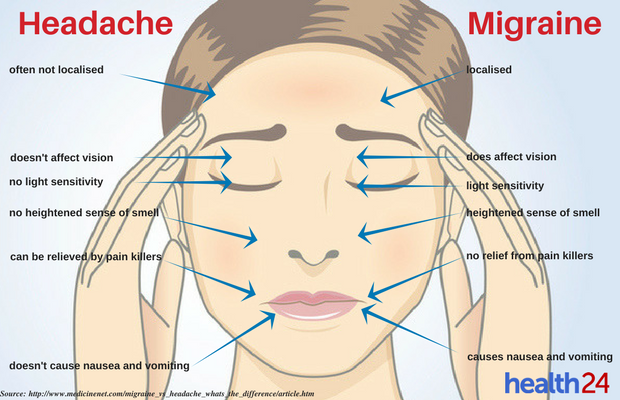

Food additives, such as monosodium glutamate (MSG), and artificial sweeteners also can trigger migraines in some individuals. Though statistics specifically for ocular migraines are unavailable, approximately 15 to 18 percent of women and 6 percent of men in the United States suffer from migraine headaches, according to WHO.Ĭommon migraine "triggers" that can cause a susceptible person to have a migraine attack (including ophthalmic or ocular migraines) include certain foods, such as aged cheeses, caffeinated drinks, red wine, smoked meats, and chocolate. Women are up to three times more likely than men to have migraines.

Migraines most commonly affect adults in their 30s and 40s, but they frequently start at puberty and also can affect children. Imaging studies also have revealed that changes in blood flow to the brain occur during ocular migraines and visual auras, but the underlying cause for these changes is not known. But why this happens and what brings about the spontaneous resolution of an ocular migraine remain unknown. It appears migraines are triggered by activation of a mechanism deep in the brain, which releases inflammatory substances around the nerves and blood vessels of the head and brain. Ocular migraines are believed to have the same causes as migraine headaches.Īccording the the World Health Organization (WHO), migraines "almost certainly" have a genetic basis, and some studies say 70 percent of people who suffer from the disorder have a family history of migraine headaches. Symptoms of a migraine prodrome can be subtle and may include changes in mood, cravings for certain foods, or a general feeling of being tired. This entire migraine phenomenon may end in only a few minutes, but usually lasts up to 30 minutes.Ībout 60 percent of migraine sufferers also experience a "prodrome" that occurs days or weeks before the migraine attack. The blind spot usually enlarges and may move across your field of vision. You might see a small, enlarging blind spot (scotoma) in your central vision with bright, flashing or flickering lights (scintillations), or wavy or zig-zag lines surrounding the blind spot. The accompanying visual distortion spreads across the field of vision and usually disappears within 30 minutes.
#Headache accompanued by bright zigzag lines in vision cracked
Painless ocular migraines can appear suddenly, creating the sensation of looking through a cracked window. It's also possible, though less common, for an ocular migraine and a migraine headache to occur simultaneously, causing visual disturbances and unilateral (one-sided) or bilateral (two-sided) head pain at the same time, or for an ocular migraine to follow a migraine headache. Migraine auras usually are visual in nature, but they can include disturbances of hearing, speech or smell progressive numbness or tingling in the face or arms or legs or generalized weakness. If an ocular migraine-like vision disturbance is followed by a throbbing, usually one-sided headache, this is called a "migraine with aura" (previously called a classic migraine), and the visual disturbance is referred to as an aura rather than an ocular migraine.Ī migraine headache without a visual disturbance preceding it is called a "migraine without aura" (previously called a common migraine).

Though they can be frightening, ocular migraines typically are harmless and self-resolve without medication within 20 to 30 minutes. Ocular migraines are painless, temporary visual disturbances that can affect one or both eyes.


 0 kommentar(er)
0 kommentar(er)
